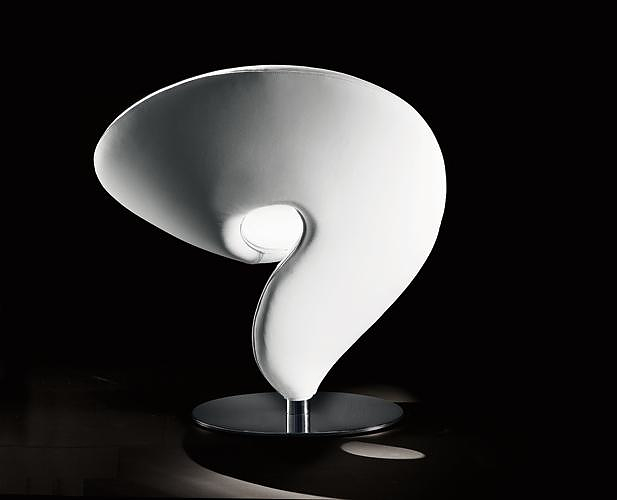Why is BC now called BCE?
Why is BC now called BCE?
Simply put, BCE (Before Common Era) is
a secular version of BC (before Christ). CE (Common Era) is the secular equivalent of AD (anno Domini), which means “in the year of the Lord” in Latin. ... BCE/CE have been in frequent use by Jewish academics for more than 100 years.
What did BCE mean?
before the common
CE stands for “common (or current) era”, while BCE stands for “
before the common (or current) era”. These abbreviations have a shorter history than BC and AD, although they still date from at least the early 1700s.
What is BCE BC and AD?
For Christians - BC -
Before Christ, AD - Anna Domini(the year of our Lord) For Christians - BCE- Before Christ's Era, CE - Christ's Era.
Is 2020 BC or BCE?
To cater to religious diversity, the abbreviations BCE (Before Common Era) and CE (Common Era) can be used to replace BC and AD. Of note, AD is written before the year, while
BC, BCE, and CE are all written after the year. For example: 2020 CE or AD 2020.
Why is BC counted backwards?
Originally Answered: Why are years before Christ (B.C.) counted backwards?
Because its a retrospective calendar with the start point at year 1 of the Gregorian calendar and must therefore count backwards in order to make any sense, just like negative numbers.
Does AD stand for after death?
“A.D.” does not mean “after death,” as many people suppose. “B.C.” stands for the English phrase “before Christ,” but “A.D.” stands confusingly for a Latin phrase: anno domini (“in the year of the Lord”—the year Jesus was born).
When did BC end and AD begin?
There is no "zero" year -- in this system, the year
Christ was born is 1 A.D., and the year preceding it is 1 B.C. This practice was first suggested in the sixth century A.D., and was adopted by the pope of that time. It took quite a while for it to become a worldwide standard, however.
When did the BC era end?
The 1st century BC, also known as the last century BC, started on the first day of 100 BC and ended
on the last day of 1 BC. The AD/BC notation does not use a year zero; however, astronomical year numbering does use a zero, as well as a minus sign, so "2 BC" is equal to "year –1". 1st century AD (Anno Domini) follows.
Why BC is counted backwards?
Why do we count backwards for BCE dates? When we count dates in ancient history, the dates often appear "backwards" to us (for example, "circa 30,000-20,000 BCE). This is because these
dates happen before the year "zero," and so we counting forward towards zero.
Which ad year is 2020?
The year 2020 is the
year 4718 on the Chinese calendar. It's the 36th year in the current cycle.
What was before year 1?
In common usage anno
Domini 1 is preceded by the year 1 BC, without an intervening year zero. Neither the choice of calendar system (whether Julian or Gregorian) nor the era (Anno Domini or Common Era) determines whether a year zero will be used.
Who was born in Year 0?
Since the years of the Common Era are labeled "AD," standing for anno Domini or “in the year of the lord” in Latin, one might assume that
Jesus was born in the Year 0. Specifically, he is commonly believed to have been born eight days before the New Year on December 25, 1 B.C.E.
